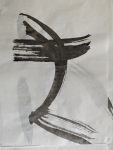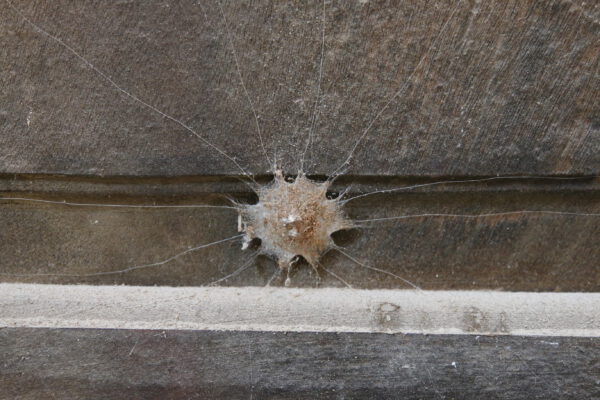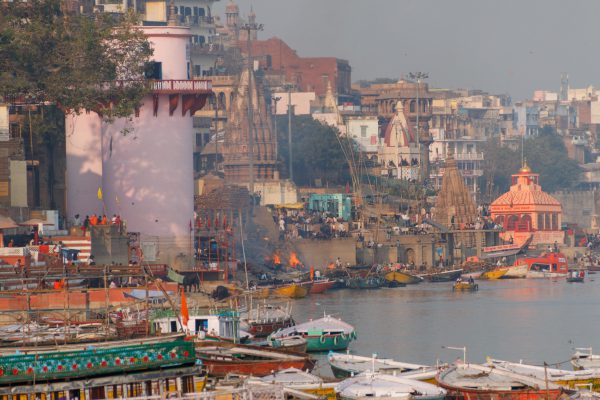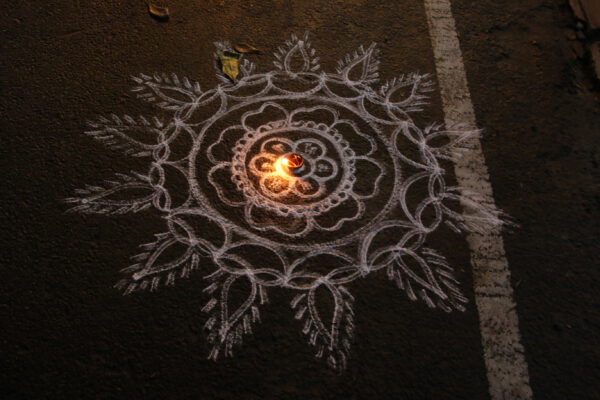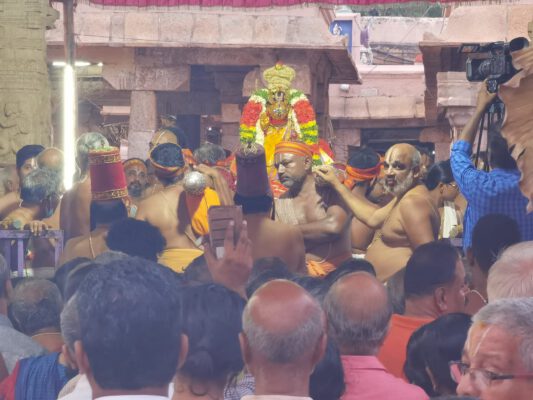Kart is fundamentally misunderstood, especially by experts, art historians and critics. Art is not about what it represents or what it means. Art is not a riddle to be deciphered, nor is it an expression of artistic genius that can be explained by the artist's biography. Art is also not necessarily beautiful, or aesthetic, or sublime.
Representation
Art is not Representationthat is the great misunderstanding of modernity. It was this misunderstanding that gave rise to the avant-garde. Its aim was to constantly invent new forms of representation, to express new phenomena for the first time. I am thinking of the subconscious, the concept of four-dimensional space, synaesthetic perception, functionalism, enthusiasm for technology. These and many other phenomena from the 20th century became the 'subject' of art. If something is the 'object' of art, then art represents this 'object', it depicts it - according to conventional art theory. The understanding of art on which this is based is one that is attached to the belief in progress, postulates an objective development of a history of art and is based on principles of rational historiography. All these approaches have a certain explanatory power within a limited framework. They shed light on certain aspects. However, they misunderstand the nature of art.
If I go so far out on a limb and attack the common art discourses of the West in one paragraph, I must of course also briefly say what I would like to counter. These are some essays by Roland Barthes, a great semiotician or semiologist and French art critic. His texts show the limits of what can be represented in art. And of course I am thinking of Gilles Deleuze, who thought much further and more radically and characterized art as an encounter. I associate him with a radical critique of the dogma of the representational theory of art. Art actually has nothing at all to do with representation. The idea that something stands for something else is actually absurd. It leads to all the problems of dualism, its paradoxes and illusory problems. A text, a picture, a composition, a play, an opera or a sculpture, even a photograph, they all represent nothing. Rather, they are very special things in the world that give us a very special experience. The fact that they are sometimes similar to other things is trivial and hardly interesting.
Encounter
When I say that art is an encounter, or makes it possible, it means that the artworks are the result of a creative process. The difference between the artist as the producer of works and the viewer as the recipient is much smaller than is generally assumed. Art is not an object of communication between artist and viewer. Nor is art a medium between a sender and a receiver. Nor is art a sign that can be decoded.
Art is art. Let's try not to immediately reduce it to something. Art is created and becomes part of the world. It has an effect, just like everything else in the world. There are very different modes of action, I am thinking here a little of Schopenhauer's fourfold root of the law of sufficient cause. I vary freely: there is mechanical causal effect, there is the dynamic of living, i.e. biological systems and there is social interaction as an effect, there is inspiration and creativity. Their modes of action are different. I would like to claim here that they are irreducible.
Art is art. It is produced and is part of a context. We can encounter it. Encountering art is not only reserved for humans. Some animals also have it, albeit to a limited extent, and perhaps artificial intelligence will also make progress in this area.
With Deleuze we learn that:
- the Cinematograph creates and plays a movie that manifests thought (Deleuze 'Cinema').
- Art for us is not only like is a house, but a house is. As humans, we stand between earth and heaven - the cosmos. In this tension, we need a boundary, a home. We need a territory that we call ours, and we need to be able to leave it, to deterritorialize and reterritorialize. Art has a very important role to play here. In the encounter with others, with the earth and the cosmos, we build a house, that is the basic principle of art. We inhabit the house, visit other houses. Of course, this is meant both literally and metaphorically (Deleuze 'What is Philosophy').
- When we encounter art, our senses merge with the art itself. Our eyes, ears, taste and touch vibrate when we come into contact with vibrating art (Deleuze 'Logic of Sensation').
What Deleuze avoids, and only hints at in his last essay 'Immanence: A life', is a spiritual component. Part of our being-in-the-world is our relationship to the great questions of meaning. A life that is aware of itself - if not fully, then richly - sees itself as part of a whole. This relationship also becomes a theme in art. We can encounter the power of creation. With Aurobindo, art has the ability, Bhakti i.e. to be a medium of devotion - an encounter with the divine - not in the form of a representation of the divine as in Christianity, but as an object of meditation that facilitates the path of bhakti in contemplative devotion.
I am interested in the relationship between Deleuze's concept of art as a house and Aurobindo's concept of art as bhakti in the temples. There seems to me to be a parallel here. Both lead from the dead end of representation to a concept that does more justice to spiritual experience.
Here is a link to a long Presentation (35MB) with material on the question of why I, as an art historian, read Deleuze.

